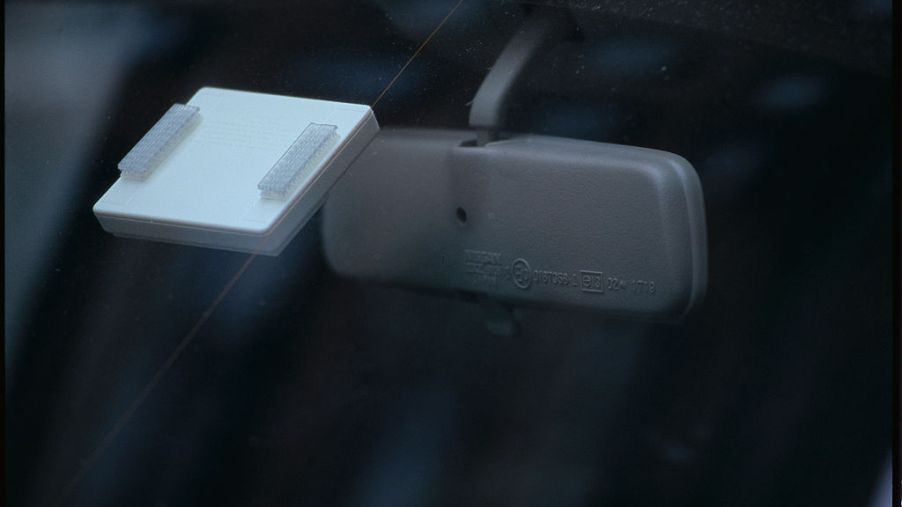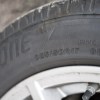
How Does E-ZPass Work and When Was It Invented?
The days of digging for coins in the cup holder to pay a road toll are over; that is if you have an E-ZPass transponder attached to your car. People who commute to work or frequently travel on toll roads know, E-ZPass is a real time saver. The technology behind the devices is widely used in many industries to track all kind of products. However, it is fair to say that the E-ZPass transponder is the most popular use for this technology.
Who invented E-ZPass?
Mario Cardullo, the inventor of the E-ZPass, is a revolutionary renaissance man. The list of his inventions and accomplishments are truly mind-blowing. His latest accomplishment was completing a doctorate at George Mason University at 78 years old.
A must-read article, published in George Mason University’s News at Mason, gives a good overview of his accomplishments and mentions his best-known invention, the RFID-TAG (radio-frequency identification transponder).
When was E-ZPass invented?
In the RFID Journal, dated April 21, 2003, Mario Cardullo wrote the technology used in the E-ZPass was “based on concepts that have a long history.” However, Dr. Cardullo expanded on these concepts and went on to patent his idea for an RFID tag. In 1969, he started his first company, Communications Services Corporation (ComServ), which was founded in part to develop the RFID tag.
How does the E-ZPass system work?
The transponder includes a memory card that stores data, the means to transmit a coded signal into and out of the memory, answer-back with data read-out capability, and the ability to internally generate power.
In general terms, the E-ZPass transponder is a two-way radio with the ability to transmits radio signals. The signals contain account information and the identification number of the transponder.
Each toll lane has an antenna that sends out a radio signal to communicate with the transponder. Together the antenna and the transponder work to process the toll payment.
The toll plaza has a computer networked on a Local Area Network (LAN). These computers track vehicle movement and controls the antennas. The entire network of toll plazas in a system is connected to a Host Computer System which houses the central database over a Wide Area Network (WAN).
Together all these systems work to provide ease of passage and payment for a driver on a toll road.
How does E-ZPass save drivers time?
Anyone who has ever been stuck behind a driver in the toll lane that is counting out coins will say how frustrating this can be. Never mind those who stop and ask the toll attendant for directions while traffic backups. For those who value time, this type of tollgate drama is a big negative. Other people’s lack of planning turns into your late arrival to a meeting. E-ZPass eases the tension of commuting and reduces traffic stops at the tollgate.
How does E-ZPass help with traffic?
Mathematicians, economists, and traffic engineers have studied the effects of traffic congestion on everything from the inability to predict arrival time to road rage caused by traffic frustrations. While the E-ZPass cannot solve all traffic problems, they do help by not slowing traffic at toll plazas. We all have seen what happens when one car suddenly puts the brakes on, which then causes a ripple effect of slowing all the cars behind. The cascading effect continues until the entire flow of traffic is interrupted.


